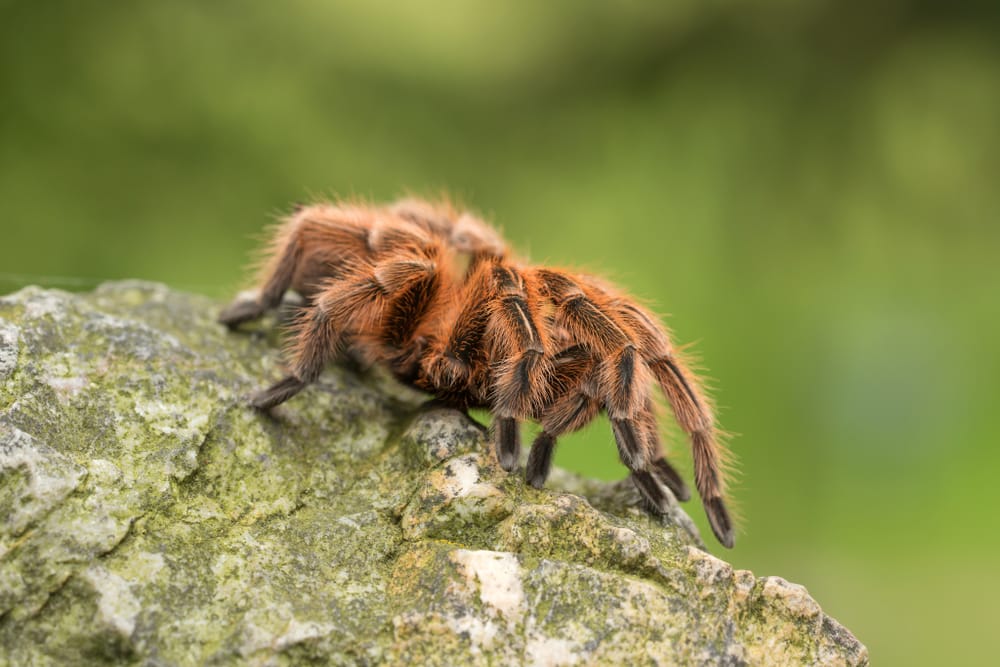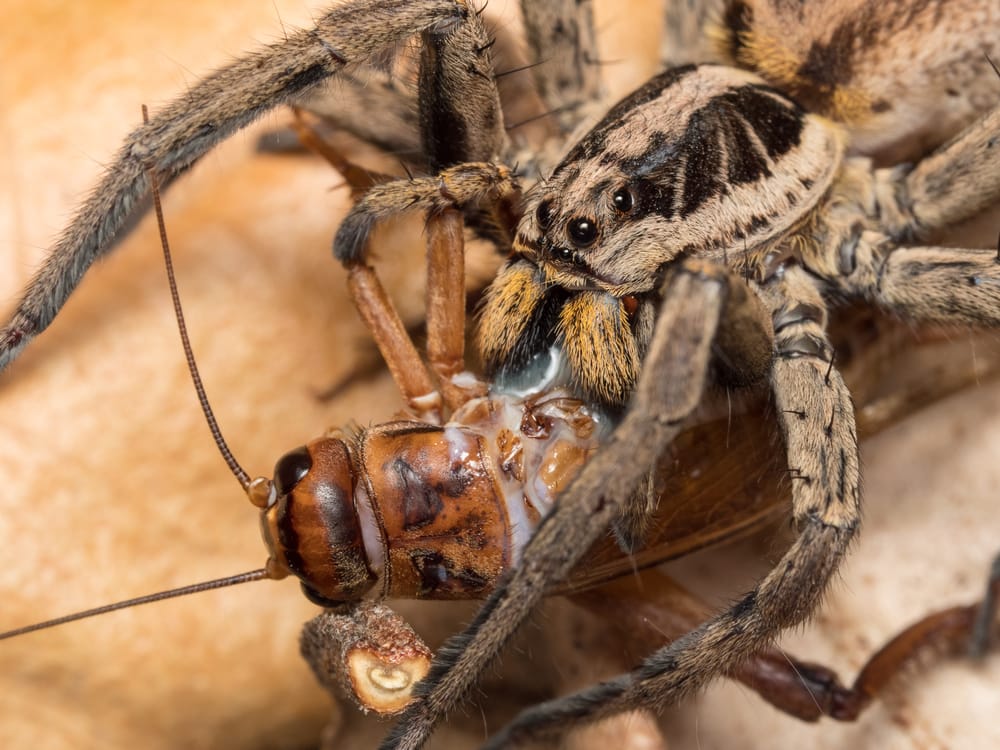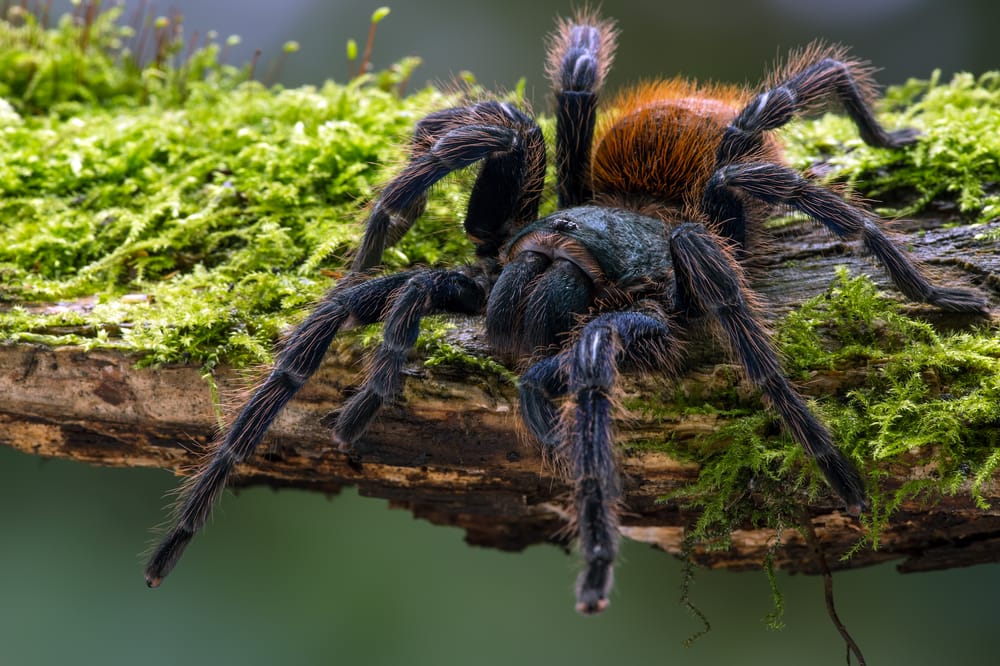The Brachypelma genus is a genuine hobbyist’s paradise inside the fascinating world of tarantulas. These friendly and low-maintenance spiders have won the hearts of many invertebrate lovers. This book delves into the interesting world of Brachypelma tarantulas, covering their natural environment, many kinds, normal behavior, and necessary maintenance.
Unveiling the Brachypelma’s Origins and Habitat
Brachypelma tarantulas are found in the desert regions of Central America, Mexico, and the southern United States. These spiders prefer dry settings, frequently living in tunnels tucked amid rocks, within trees, or underground. Some species, known as arboreals, live in trees and build intricate web tunnels, whereas terrestrials prefer ground burrows. The Brachypelma genus has a complex tapestry of brilliant colors and patterns, making them visually appealing additions to any exotic pet collection.
A captivating Cast of Characters: Popular Brachypelma Species
The Brachypelma genus contains a wonderful cast of characters, each with their own features and appearances. Here’s a look at some of the most common species:
- Mexican Red Knee Tarantula (Brachypelma smithi): This quintessential tarantula is a hobbyist favorite due to its docile temperament, stunning red kneecaps, and relatively slow growth rate.
- Honduran Curly Hair Tarantula (Brachypelma albopilosum): Another popular choice, this tarantula is known for its luxuriously curly hair covering its body and legs. They are generally docile but can flick urticating hairs when threatened.
- Grammostola rosea (formerly Brachypelma roseum): Often referred to as the Chilean Rose Hair Tarantula, this species has been reclassified from the Brachypelma genus but is still included due to its historical popularity. They are known for their docile nature and rose-colored hairs.
- Mexican Fire Leg Tarantula (Brachypelma boehmei): This vibrantly colored tarantula boasts stunning orange leg markings. While generally docile, they can be skittish and may display threat postures when provoked.
- Imperial Mexican Tarantula (Brachypelma imperator): This majestic tarantula is known for its impressive size and striking black and white coloration. They can be defensive when threatened and may flick urticating hairs.
Understanding Brachypelma Behavior: A Look at their Instincts
Brachypelma tarantulas are nocturnal creatures, spending the day hiding in their tunnels and emerging at night to prey. They are ambush predators who use their sharp eyesight and sensory hairs to detect prey, which consists largely of insects and invertebrates. When threatened, Brachypelma species may adopt a range of defense strategies, including kicking urticating hairs from their abdomen, which can irritate the skin and eyes. Some species may also display a menacing posture or make a hissing sound.
Captivating Care: Essential Needs for your Brachypelma
Understanding the care needs of a Brachypelma tarantula is critical for people considering adopting one. Here are some important factors to consider:
- Enclosure: A correctly sized enclosure is critical. A terrarium that is at least 3-5 times the tarantula’s diagonal leg spread is ideal. Give arboreal creatures suitable climbing structures.
- Substrate: A substrate that replicates their natural habitat is ideal. Options include dry topsoil, coco fiber, or a combination of both.
- Temperature and Humidity: Maintain a warm and dry environment. Temperatures ranging from 70-80°F (21-27°C) are suitable, with slightly lower night-time temperatures. Humidity levels should be around 60-70%.
- Hydration: Provide a shallow water dish kept clean and filled with fresh water.
- Feeding: Offer prey items like crickets and mealworms once or twice a week, depending on the tarantula’s age and size. Avoid overfeeding.
Safety First: Handling and Respectful Interaction
While Brachypelma tarantulas are typically considered gentle, it is critical to prioritize safety when handling them. Reduce handling to reduce stress on the tarantula. If handling is required, thoroughly wash your hands before and after, and support the tarantula from below to avoid falls. Always supervise children and anybody who are inexperienced with tarantula behavior when around these interesting creatures.
The Enduring Allure of Brachypelma Tarantulas
To summarize, the Brachypelma genus provides an intriguing peek into the world of tarantulas. These gorgeous creatures, with their various appearances and intriguing activities, have piqued the interest of hobbyists worldwide. Brachypelma tarantulas might be an excellent alternative for individuals looking for a low-maintenance but visually appealing pet. However, it is critical to remember that these are living animals with distinct requirements. You can guarantee that your Brachypelma flourishes under your care by providing them with a clean environment, a nutritious diet, and courteous interaction.
The fascination of Brachypelma tarantulas goes beyond their stunning appearance. They act as ecological ambassadors, reminding us of the critical role invertebrates play in maintaining the health of our planet’s ecosystems. As responsible tarantula owners, we can help clarify myths and prejudices about these sometimes misunderstood species.
Keeping a Brachypelma tarantula is a journey of discovery and responsibility. You can observe the amazing habits of these sophisticated arachnids by being patient and taking good care. The Brachypelma genus provides a unique opportunity to interact with nature and appreciate the beauty and complexity of all kinds of life. So, if you’re thinking about getting a Brachypelma tarantula, do your homework, prioritize their health, and prepare to be enchanted by these amazing creatures.


